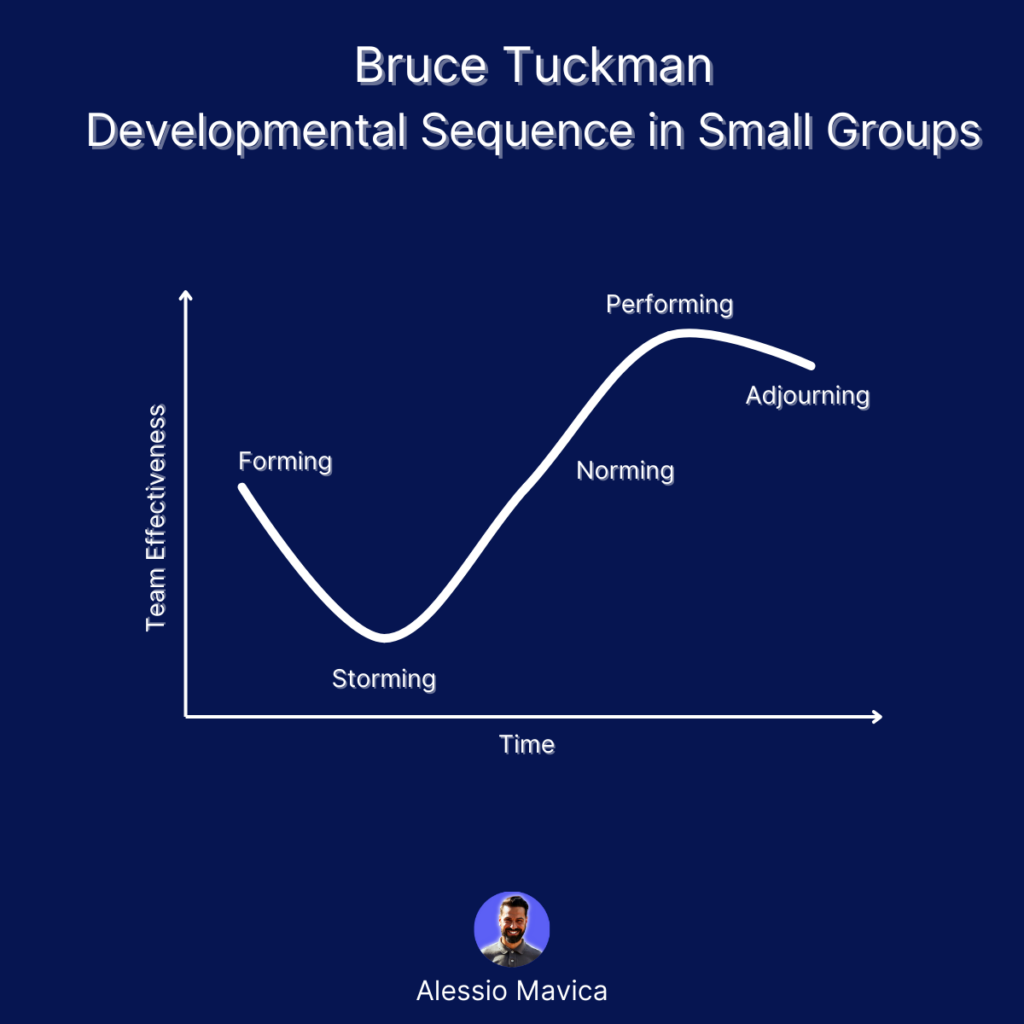Maximizing the Impact of Software Development Companies Project Reporting
Hello, hello! Alessio’s here. Today, we’re diving into a critical aspect of software development company-client relationships: project reporting.
Whether you’re a seasoned software development company professional or just starting out, understanding the nuances of project reporting can significantly impact your success.
Let’s explore how to leverage project reporting to its fullest potential and build stronger bridges with your clients.

Understanding Project Reporting
Project reporting is more than just filling out a document with progress updates. It’s a strategic tool for communication and relationship-building.
At its core, project reporting involves documenting the progress made over a specific period, whether it’s a week, a month, or any other timeframe. However, it’s not just about delivering data; it’s about fostering trust and transparency with your clients.
The Difference Between Reports and Calls
Before we delve into the audience aspect, let’s clarify the distinction between project reports and calls.
Reports offer a quick way to showcase data, often sent via email as PDFs. On the other hand, video calls foster personal connections and trust, laying the groundwork for long-term client relationships. While reports provide updates, calls allow for deeper discussions and relationship-building opportunities.
The Importance of Existing Clients
It’s crucial to prioritize existing clients over acquiring new ones. Not only is it more cost-effective, but it’s also easier to work with clients who are already familiar with your company and processes.
By keeping your current clients satisfied, you’re laying the foundation for recurring business and positive word-of-mouth referrals.
Leveraging Project Reporting to Grow Your Business
Project reporting may seem mundane, but it holds immense potential for business growth. Let’s explore how you can leverage project reporting to enhance client relationships, upsell services, and drive revenue.
Building Relationships and Trust
Project reporting serves as a conduit for building trust and fostering deeper relationships with clients. By scheduling regular video calls and providing transparent updates, you demonstrate your commitment to their success. This personal touch goes a long way in transitioning from one-time customers to loyal, recurring clients.
Seizing Upselling Opportunities
Project reports are not just about showcasing progress; they’re also opportunities to upsell your services. During discussions, identify areas where additional services or projects could add value to your client’s business. By proactively suggesting new initiatives, you can boost revenue and solidify your position as a trusted partner.
Harnessing Word-of-Mouth Marketing
Satisfied clients are your best advocates. When clients are happy with your services, they’re more likely to refer you to others in their network. Project reporting plays a pivotal role in this process by highlighting successes and demonstrating the value you bring to their business. Cultivate positive relationships, and let word-of-mouth marketing work in your favor.
Gathering Valuable Feedback
Project reporting is a two-way street. It’s not just about updating clients; it’s also about soliciting feedback to improve your services. Use project reports as opportunities to gather insights into their preferences, challenges, and expectations. By actively listening to their feedback, you can refine your approach and deliver even better results.
Understanding Your Audience: Who’s Who in Project Reporting
When crafting project reports, it’s essential to tailor your communication to different stakeholders within your client’s organization. Let’s break down the key audience segments and what they expect from your reports.
Executives
Executives are interested in high-level project overviews and milestones. They want to know if the project is on track, any deviations from the plan, and the reasons behind those deviations.
Providing clear, concise updates and highlighting key decisions is crucial for maintaining their trust and confidence.
Financial Professionals
Financial professionals focus on the financial aspects of the project. They want to see payment schedules, budget deviations, and any outstanding invoices.
Being transparent about financial matters builds credibility and ensures alignment between your company and the client’s finance team.
Project Managers
Project managers are involved in the day-to-day execution of the project. While they may already be familiar with project details, summarizing key updates and milestones helps keep everyone aligned.
Demonstrating progress through demos and sharing decision-making processes enhances accountability and collaboration.
Conclusion
Project reporting is more than a routine task; it’s a strategic tool for nurturing client relationships and driving business growth.
By prioritizing transparency, communication, and relationship-building, you can transform project reporting from a mundane chore into a powerful asset for your company. Remember, it’s not just about filling out documents; it’s about creating opportunities to add value and strengthen client partnerships.
So, the next time you sit down to draft a project report, think beyond the numbers. Consider the impact your report can have on your client’s business and how you can use it to foster trust, drive revenue, and solidify your position as a trusted advisor.
Happy reporting!
Try AgencyDots for free!
Control your entire project portfolio from one place.
Make your software development agency efficient.
No credit card required.

